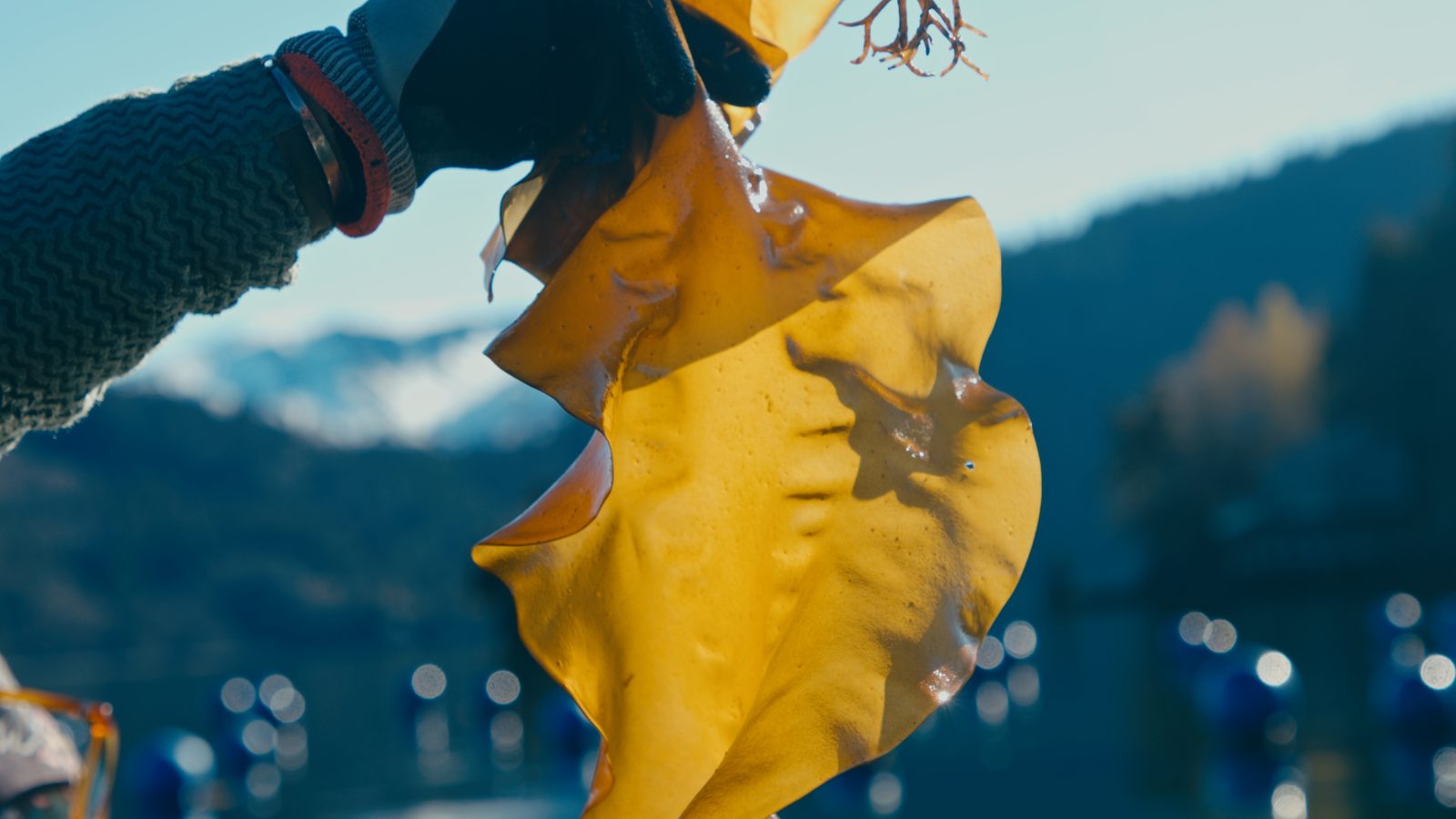Search AMC News
Carbon Sequestration Research Program Launched
October 28, 2025
Lead Entities: Alaska Center for Energy and Power, Kelson Marine, Native Village of Eyak, University of Alaska Fairbanks
Grant Component: Research & Development

Southeast Conference has awarded four innovative research projects through the Alaska Mariculture Cluster’s (AMC) Carbon Sequestration Program, which will support new economic opportunities and increase Alaska’s competitive advantage in the marine carbon dioxide removal (mCDR) market.
Funded through AMC’s Research and Development grant component, the Carbon Sequestration Program supports applied research that explores how Alaska’s ecosystems can contribute to global carbon reduction efforts while improving marketability of Alaska’s mariculture products and strengthening the state’s mariculture industry.
By studying nontraditional mCDR pathways, generating baseline data, piloting new technologies, and assessing product and market applications, these projects will bring innovation to Alaska and position the state’s mariculture industry to become a future leader in carbon sequestration. Findings from these projects will be made publicly available through the Alaska Mariculture Cluster website to ensure that the benefits extend to all industry participants and Alaskan communities.
These projects were awarded via a competitive request for proposal (RFP) to University of Alaska Fairbanks, Native Village of Eyak, Alaska Center for Energy & Power, and Kelson Marine.
Use the toggles below to learn more about the funded Carbon Sequestration projects.
Click to expand:
Background
Southeast Conference (SEC) is the federally designated Economic Development District (EDD) for Southeast Alaska, as well as the state designated Alaska Regional Development Organization. SEC’s mission is to undertake and support activities that promote strong economies, sustainable communities, and a healthy environment in Southeast Alaska.
In September 2022, Southeast Conference was awarded a $49 million U.S. Economic Development Administration (EDA) Build Back Better Regional Challenge (BBBRC) grant to catalyze a viable and sustainable mariculture industry in Alaska, supporting the production of shellfish and seaweed, for the long-term benefit of the state’s economy, environment, and communities.
SEC leads the Alaska Mariculture Cluster (AMC) grant coalition, which includes members of Alaska’s mariculture industry, tribal organizations, regulatory agencies, university system, regional EDDs, trade organizations, and others. A Governance Body, composed of AMC coalition leaders and Tribal executives from each of the project regions, guides the grant’s work and equity metrics.
The AMC has complementary grant components designed to break down barriers and develop Alaska’s mariculture industry. The Overarching Narrative explains how the grant components work together to grow the industry in an equitable and responsible manner. The full project period for the AMC BBBRC project is October 1, 2022 to September 30th, 2026.

